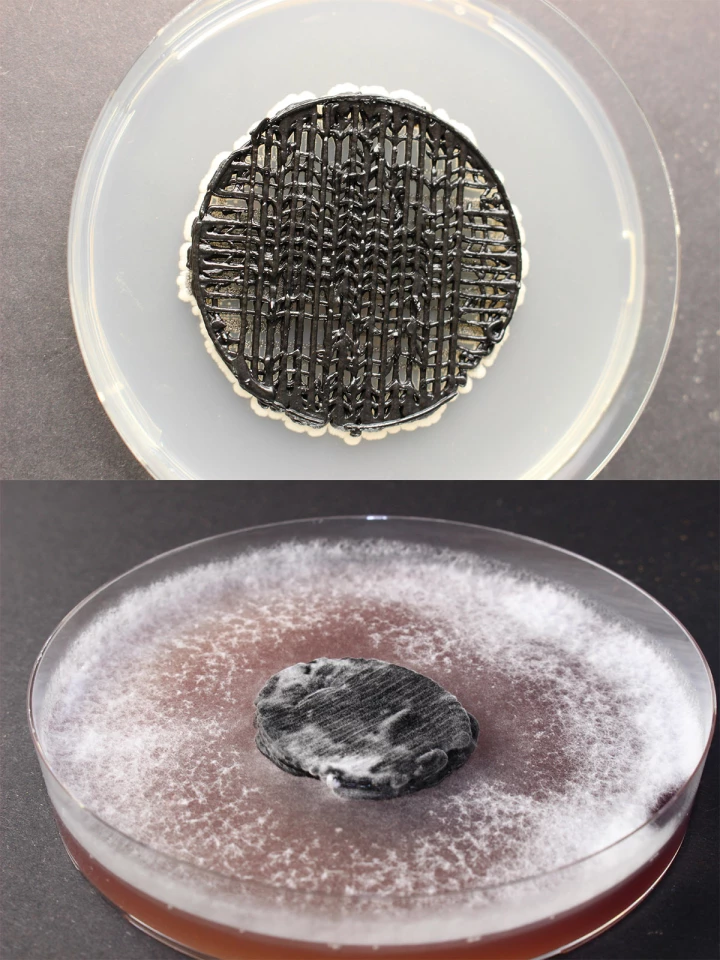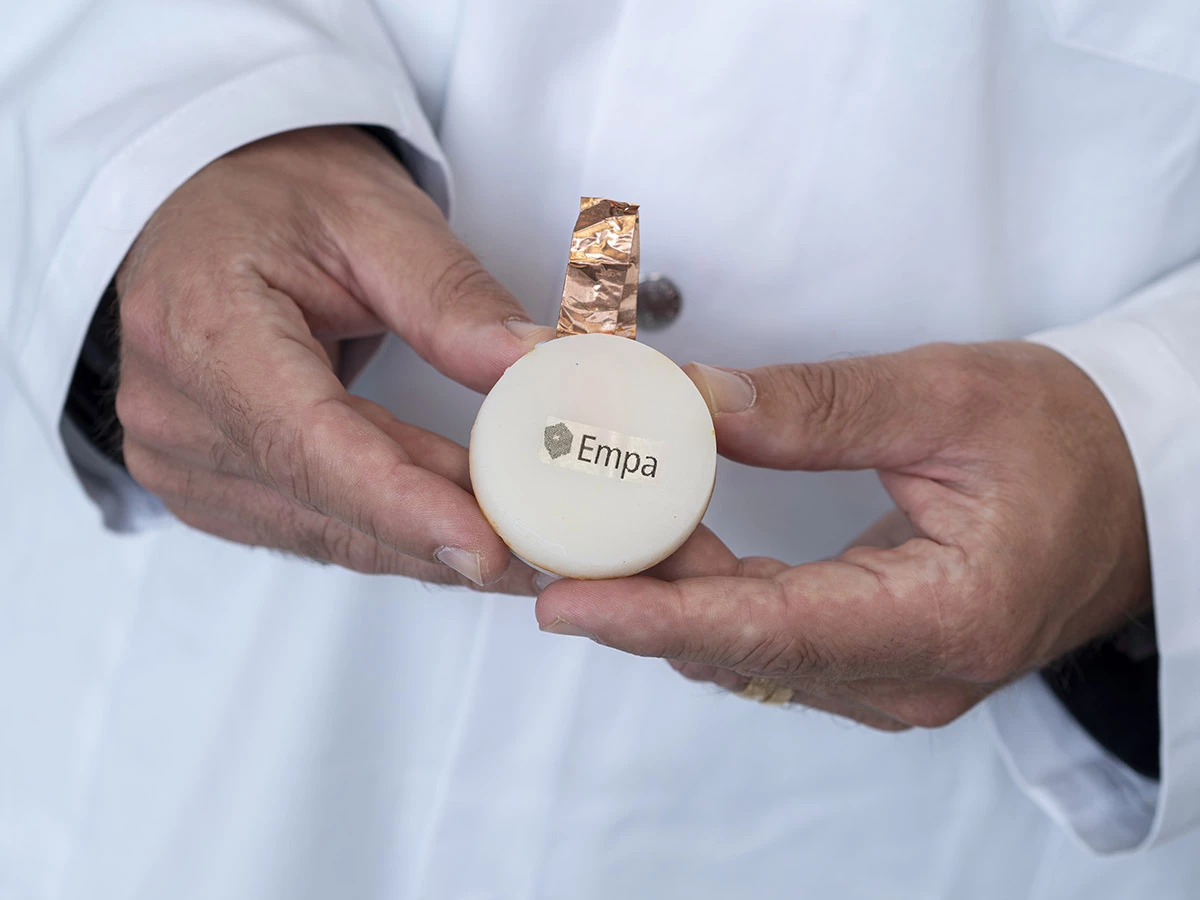Swiss researchers claim to have devised a functional living battery powered by the combined efforts of two types of fungi – all in a biodegradable, non-toxic 3D-printed package. I'll give you a second to wrap your head around that outrageous statement before diving into the details.
That's from a team at Swiss Federal Laboratories for Materials Science and Technology (EMPA), a Dübendorf-based research institute whose innovations have found their way into Omega watches, quick-drying sports bras, and top British soccer team Arsenal's artificial turf.
While we've seen work on bacteria-powered batteries before, the researchers note this is the first time two types of fungi have been brought together to create a working fuel cell. And to be clear, this is indeed more of a fuel cell than a battery, as it's utilizing the fungal metabolism to convert nutrients from microbes into energy.
How fungi batteries work
The team developed a cell that features a yeast fungus-based anode whose metabolism releases electrons, and a cathode colonized by a white rot fungus. The latter produces an enzyme that enables these electrons to be captured and conducted out of the cell.

The three-year-long project also involved figuring out how to manufacture the cell's components using 3D printing. The researchers found a way to mix the fungal cells into a cellulose-based printing ink that would not only be electrically conductive, but also avoid harming said cells. This ink also serves as a medium for simple sugars that the fungi could feed on.
Plus, the ink is biodegradable, suitable for the 3D printer to work with, and nutritious for the fungi. In addition, this substance also helps break down the cell once it's used up.
Researcher Dr. Gustav Nyström notes that 3D printing these batteries allows for the flexibility of producing them in any necessary shape and size, and incorporating the right quantity of fungal material to produce as much energy as is required for specific applications.
These cells aren't going to replace the ones in your phones or smartwatches because they don't produce much electricity – "these fungal biobatteries can produce between 300 and 600 mV for several days, delivering 3–20 μA for external loads between 10 and 100 kΩ" according to a paper on the research. What they are good for, though, is running devices outdoors and decomposing safely. Encased in beeswax, the batteries can power small sensors to monitor temperature, light, and humidity in agriculture and environmental research.

Dr. Carolina Reyes, another researcher this project, highlighted another fascinating property of the cells. "You can store the fungal batteries in a dried state and activate them on location by simply adding water and nutrients," she said.
EMPA hasn't said when it'll commercialize these cells. The researchers note there's still work to be done in making the batteries more powerful, last longer, and potentially incorporate other types of fungi that may be even more suitable for producing electricity.
If the idea of nature powering electronics tickles your fancy, check out this recyclable battery made from zinc and crab shells, and even this edible rechargeable battery made using seaweed.
Source: EMPA





